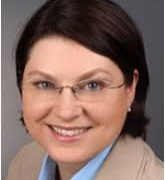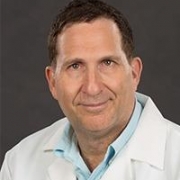Dramatic advances in our understanding of the immunology and pathogenesis of atopic dermatitis (AD) has resulted in the development of new and novel topical and systemic therapies. MauiDerm’s experts discussed new findings regarding the pathogenesis and comorbidities of AD. The spectrum of old and new topical therapies, such as crisaborole, and systemic therapies, including emerging biologic therapies, were discussed.

Andrew Blauvelt, MD
Andrew Blauvelt, MD, MBA, presented attendees with an update on the AD pipeline. Dr. Blauvelt reviewed recent research on biologics such as tralokinumab, an anti-IL-13 monoclonal antibody (mAb), lebrikizumab, an anti-IL-13 mAb, and nemolizumab, an anti-IL-31 receptor A mAb. Dr. Blauvelt discussed other studies on monoclonal antibodies for AD targeting IL-5, IL-22, TSLP, IL-17C, IL-1alpha, IL-33, and OX40. In addition, Dr. Blauvelt discussed research on the JAK1 Blockers Baricitinib, upadactinib, and PF-04965842. Additional potential therapies discussed include ASN002, ZPL-389, and apremilast. Dr. Blauvelt also covered new topical drugs for AD, including JAK inhibitors, PDE4 inhibitors, and tapinarof.
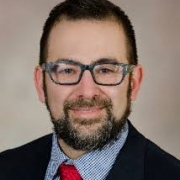
Eric Simpson, MD, MCR
Eric Simpson, MD, MCR, provided an update on dupilumab. Topics discussed by Dr. Simpson include:
- When to use systemic therapy
- What to tell patients to expect with systemic therapy
- Are there patients who should not be put on dupilumab?
- Should we check labs?
- How to treat dupilumab conjunctivitis
- How to treat facial resistance or flares
- How long will patients stay on dupilumab?
- Tapering
- Other uses for dupilumab
- Combination treatment
- Vaccination
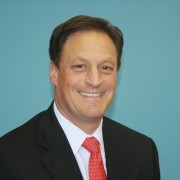
Lawrence Eichenfield, MD
Lawrence F. Eichenfield, MD, provided attendees with an update on pediatric AD.
Dr. Eichenfield began by reviewing the typical timeline for AD development and different disease trajectories for the distinct AD phenotypes, noting there is still much work to be done on phenotyping. He went on to review practical recommendations for the evolving therapeutic landscape and the algorithm for incorporating new therapies. Dr. Eichenfield also discussed recent research on topicals for pediatric AD and counseled attendees on an effective approach to infected AD. In addition, topical microbiome transplants and topical bacterial probiotics were discussed. Dr. Eichenfield finished his presentation with other ways to improve care and additional interesting articles from the literature.


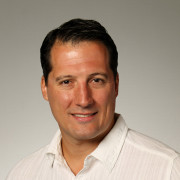


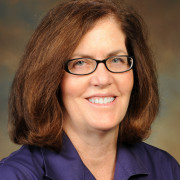
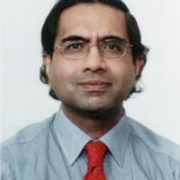
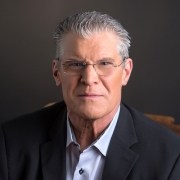 Carl Thornfeldt, MD FAAD, RSM, educated attendees on selecting the best cosmeceutical, with an emphasis on herbs. Dr. Thornfeldt’s presentation covered such topics as:
Carl Thornfeldt, MD FAAD, RSM, educated attendees on selecting the best cosmeceutical, with an emphasis on herbs. Dr. Thornfeldt’s presentation covered such topics as:



